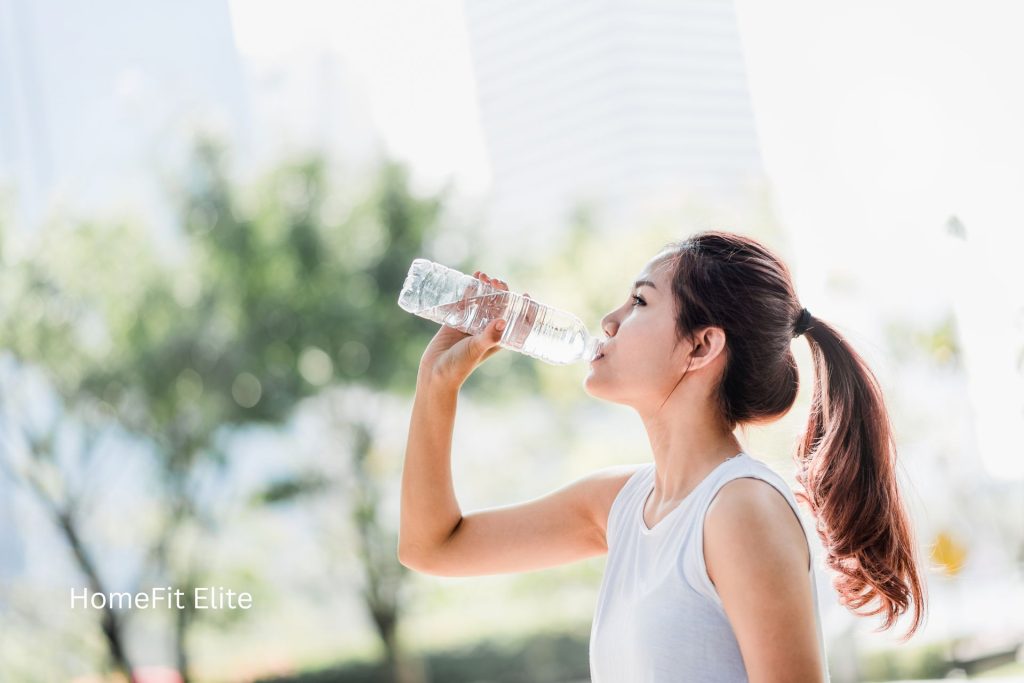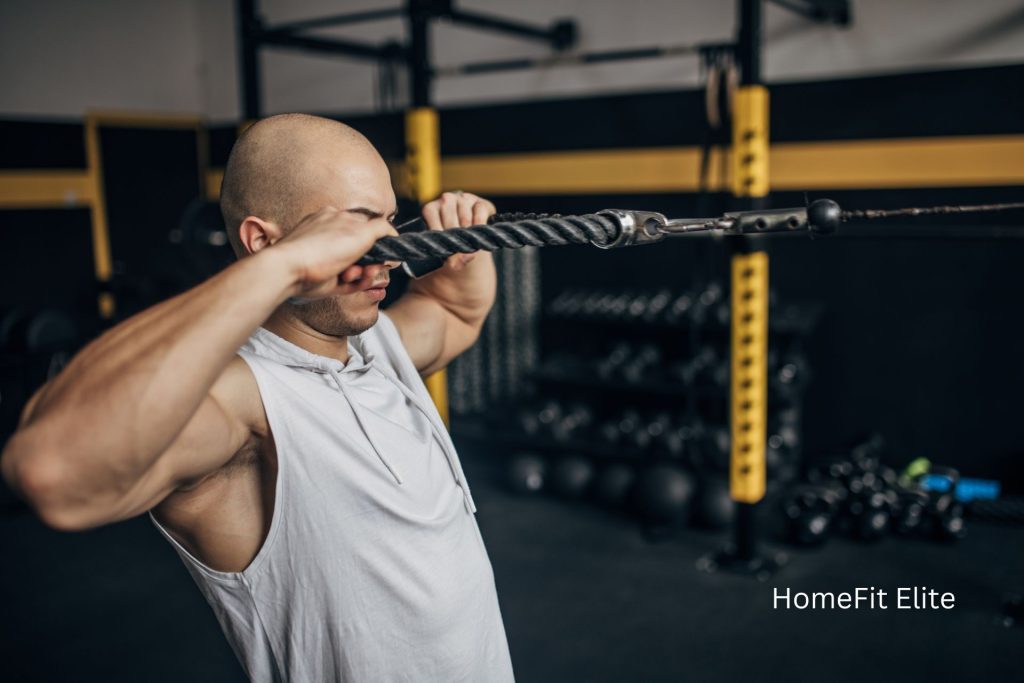Training smarter starts with staying hydrated.
Hydration & Energy Tips for Training in the UAE Heat

Training in the UAE Heat: Why Hydration Comes First
When you train in the UAE, hydration isn’t optional. It’s survival.
The air feels heavy, the sun is direct, and even short walks between your car and the gym can raise your heart rate. For active people, especially those training outdoors or doing high-intensity sessions like EMS or boxing, managing hydration is what separates steady progress from constant fatigue.
This guide explains how heat changes your body’s needs, what to drink and eat around your workouts, and how to build simple, reliable habits that keep your energy consistent through the week.
Why hydration in the UAE heat works differently
Training in high temperatures challenges your body in a way most people underestimate. When the air is hot and humid, sweat can’t evaporate as easily. That means your body’s natural cooling system becomes less efficient. You lose more water, more minerals, and more energy in less time.
Dehydration doesn’t always feel dramatic. It can start with slower reaction times, lightheadedness, or muscle tightness that you think is from fatigue. In reality, your muscles simply don’t have enough fluid and electrolytes to contract properly.
In the UAE climate, that threshold comes faster. A one-hour EMS or boxing session can make you lose between one and two liters of water. Without planned hydration, you’re not only reducing performance — you’re increasing cardiovascular strain and delaying recovery.
The fix: Don’t wait until you’re thirsty. Hydration here has to be proactive, not reactive. Start your day with at least one large glass of water, and keep electrolytes in your rotation if you train more than three times a week or sweat heavily.
How to fuel before and after training
Hydration and energy are connected. The way you eat before and after training determines how effectively your body absorbs fluids and recovers.
Before training:
You want stability, not volume. Large meals make your body work harder to digest, which pulls blood flow away from your muscles. A balanced pre-session snack should combine complex carbs, light protein, and some salt — such as a banana with peanut butter, Greek yogurt with oats, or a small chicken wrap. The salt helps retain fluids, and carbs give your muscles quick, usable energy.
After training:
Your body is in repair mode. Within 30–60 minutes, aim for both hydration and replenishment: water plus electrolytes, and a meal that includes lean protein and complex carbohydrates. A grilled salmon with rice and vegetables or a protein shake with oats works well.
In the UAE heat, you might not feel hungry right away — that’s normal. Start with fluids first, then eat slowly. The key is consistency: regular refueling prevents the “afternoon crash” many clients experience after morning sessions.
Smart hydration habits that actually last
Most people fail not because they don’t know what to do, but because they don’t set up their environment to make hydration easy. Willpower doesn’t win against 40°C heat, systems do.
Here’s what works for our clients who train across Al Reem Island, Saadiyat and Yas Island, and Raha:
Keep water visible and reachable. A filled bottle on your desk or in your car is a reminder you don’t ignore.
Rotate plain water with electrolyte drinks on double-session days. Look for balanced options with sodium, potassium, and magnesium, not just sugar.
Eat foods that hydrate you naturally. Watermelon, cucumber, oranges, and soups count toward your daily fluid intake.
Track your hydration by color. Pale yellow urine means you’re good; darker means you’re behind. It’s simple but accurate.
These are small details, but they create a stable baseline. You don’t need apps or formulas: just regularity. Hydration isn’t a weekend detox; it’s a daily structure that keeps your body predictable and your energy steady.
What our HomeFit Elite clients do right
After years of working with clients across Abu Dhabi: executives, parents, athletes, one thing stands out: those who treat hydration like part of training progress faster and feel better.
Our EMS trainers often start sessions by checking how much the client has slept and how much water they’ve had that day. It’s not random. The quality of muscle contraction in EMS training depends directly on hydration. When the body is low on fluids, impulses feel sharper, less controlled, and recovery is slower.
Pilates clients also notice the difference. On well-hydrated days, movements feel smoother and the mind stays clearer. On dehydrated days, concentration drops faster and balance feels off.
These aren’t abstract ideas. They’re real, daily patterns. And once clients adjust their hydration routines, by drinking earlier, using electrolytes, or preparing recovery snacks, their energy no longer fluctuates. They train more consistently because they feel safe in their own rhythm.
Simple systems for busy days
If your schedule is full, here’s a basic structure that works without much thinking:
Morning: One large glass of water before coffee.
Before training: 300–500 ml of water with a pinch of salt or a balanced electrolyte tablet.
During training: Small sips every 10–15 minutes, especially for EMS or boxing sessions.
After training: Another 500 ml of water plus your recovery meal.
Evening: Herbal tea or water-rich foods to maintain fluid balance overnight.
You don’t need perfection. You need reliability. When hydration becomes routine, your energy stops depending on motivation or weather. That’s the kind of stability your body and your schedule can trust.


